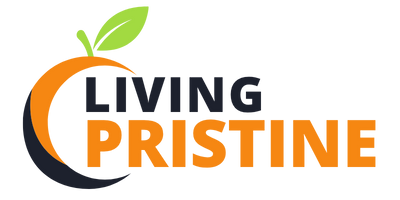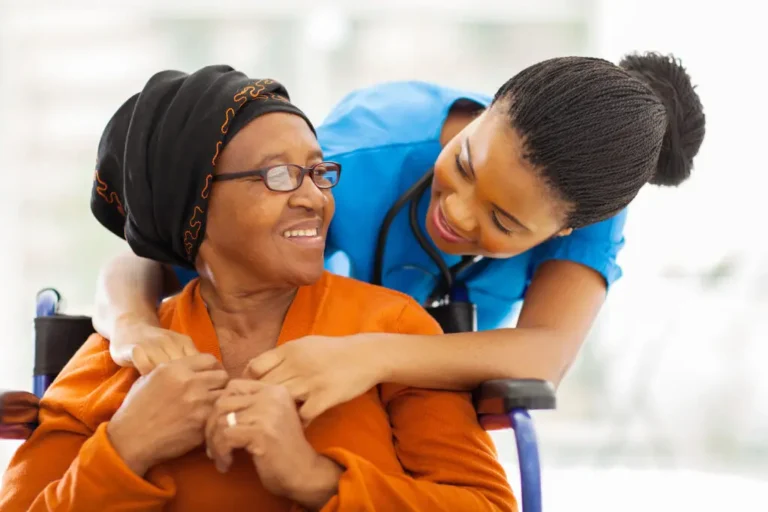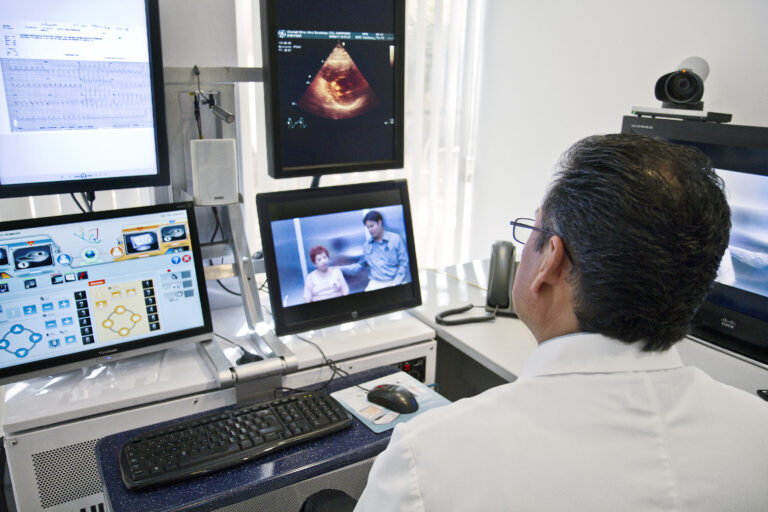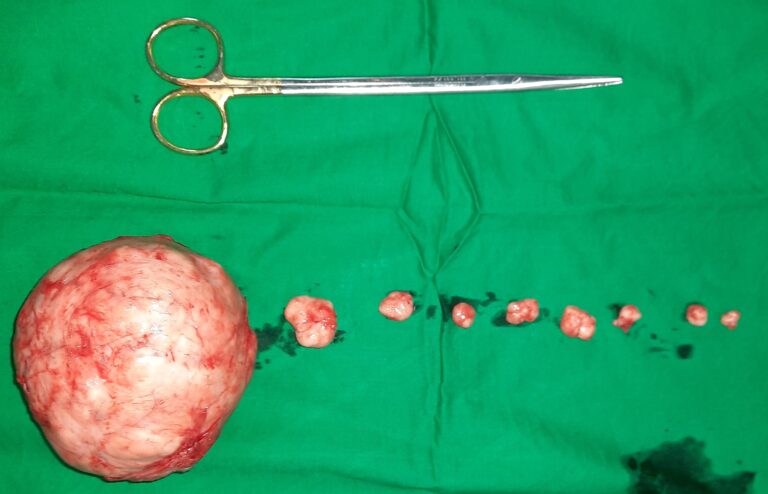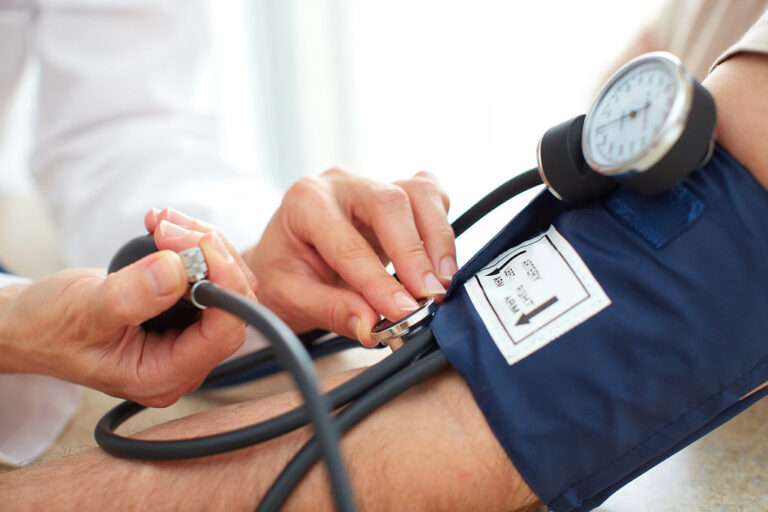How to Prevent the Formation of New Varicose Veins

Varicose veins affect millions of people worldwide, appearing as twisted, enlarged veins that are visible beneath the skin’s surface. While genetics and age play significant roles in their development, lifestyle factors also contribute to their formation. Here is more information on lifestyle modifications, physical activities, and dietary approaches that may help maintain healthy circulation and vein function:
Exploring Lifestyle Modifications
Daily habits significantly impact circulation and varicose veins. Prolonged sitting or standing in one position restricts blood flow and places additional pressure on leg veins. People who work desk jobs should take breaks every 30-60 minutes to walk around and stretch their legs. Those who stand for extended periods should shift their weight from one foot to the other and flex their calf muscles regularly.
Wearing compression stockings provides external support to leg veins and helps blood flow back to the heart. These specialized garments apply graduated pressure, with the highest compression at the ankle and decreasing pressure up the leg. Medical-grade compression stockings are available in various strengths and styles to suit different needs.
Weight management plays a role in vein health, as excess body weight increases pressure on leg veins. Maintaining a healthy weight through balanced nutrition and regular physical activity reduces this additional strain on the circulatory system. Tight clothing around the waist, groin, or legs can restrict blood flow and contribute to vein problems. Loose-fitting garments allow for better circulation, particularly around areas where major blood vessels are located.
Participating in Physical Activities
Regular exercise strengthens the muscles that help pump blood back to the heart. Low-impact activities are particularly beneficial for maintaining healthy circulation without placing excessive stress on the joints and veins. Walking ranks among the most effective exercises for vein health. The rhythmic contraction of calf muscles during walking helps pump blood upward against gravity. A daily walk of 30 minutes can significantly improve circulation and strengthen the muscle pump mechanism.
Swimming provides excellent cardiovascular exercise while the water pressure offers natural compression to the legs. The horizontal position during swimming also facilitates blood return to the heart, making it an ideal exercise for those with existing vein problems. Cycling, whether on a stationary bike or outdoors, promotes leg muscle contraction and improves overall cardiovascular fitness. The seated position during cycling reduces pressure on leg veins while still providing beneficial muscle activity.
Identifying Dietary Approaches
Nutrition plays a supporting role in maintaining healthy circulation and vein function. A diet rich in fiber helps prevent constipation, which can increase abdominal pressure and strain on leg veins during bowel movements. Foods high in antioxidants, such as berries, leafy greens, and colorful vegetables, may help protect blood vessels from oxidative damage. These compounds support the structural integrity of vein walls and may help maintain their elasticity.
Adequate hydration supports healthy blood viscosity and circulation. Dehydration can make blood thicker and more difficult to pump, placing additional strain on the cardiovascular system. Reducing sodium intake helps prevent fluid retention, which can increase pressure on veins. Processed foods often contain high levels of sodium, so choosing fresh, whole foods can help maintain proper fluid balance.
Get Treatment for Varicose Veins
Preventing varicose veins requires a comprehensive approach that combines lifestyle modifications, regular physical activity, and dietary awareness. While genetic factors cannot be changed, adopting these preventive strategies may help reduce the risk of developing new varicose veins and support overall circulatory health. The key strategies include maintaining an active lifestyle, avoiding prolonged periods of sitting or standing, wearing appropriate compression garments when needed, and following a balanced diet that supports circulation.
- What to Expect When Visiting a Foot and Ankle Specialist
- Causes of PTSD
- The Link Between Plantar Fasciitis and Weight Gain: What You Need to Know
- How Pet Ownership Can Positively Impact Life with Fibromyalgia
- The Importance of Stretching and Flexibility in Sports Medicine
Dr. Emma Green is a health and wellness expert with over 10 years of experience in nutrition and fitness. Passionate about helping others live their healthiest lives, Dr. Green shares practical advice on wellness, nutrition, and sustainable living through LivingSpristine.
